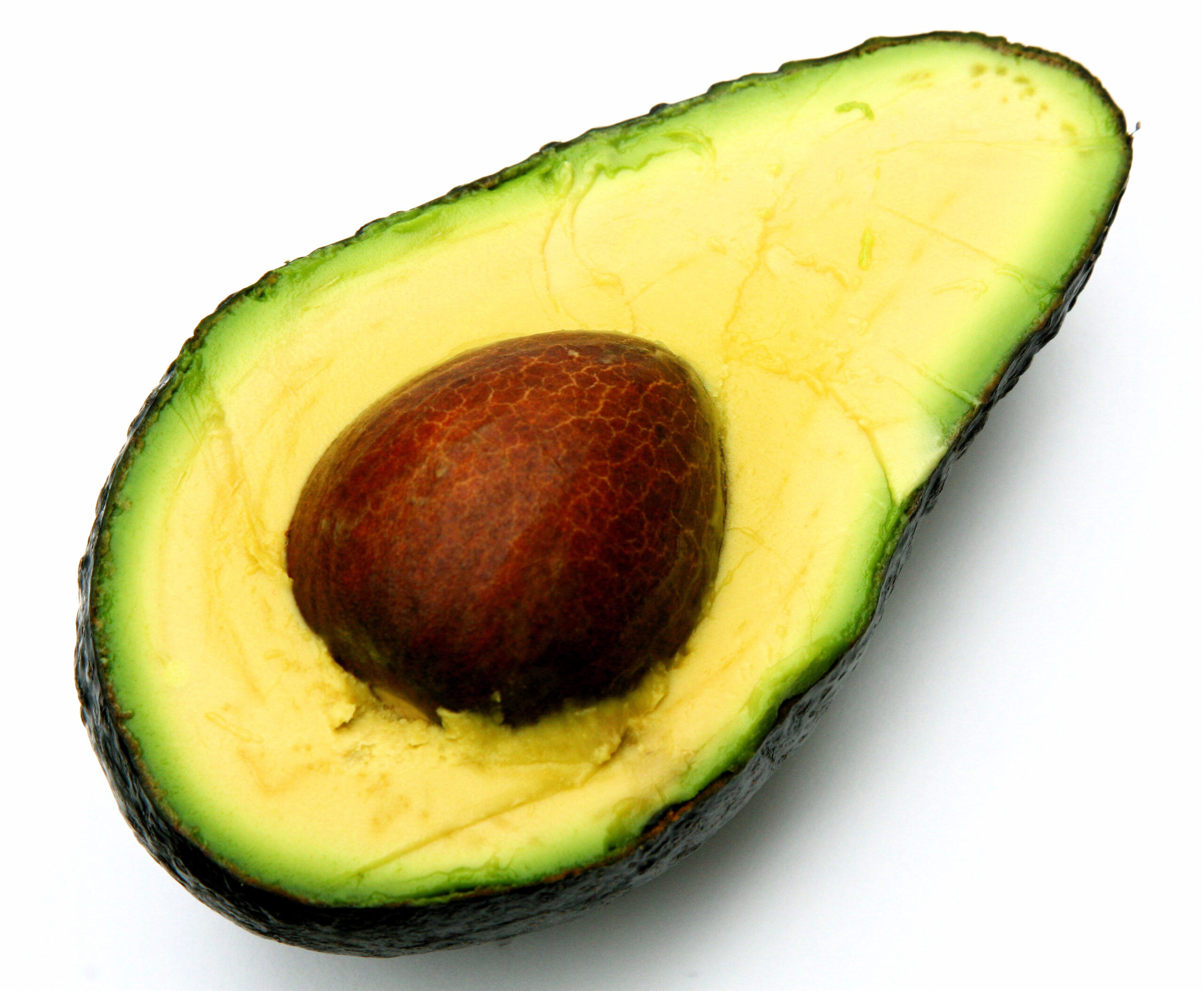The avocado, a fruit often miscategorized as a vegetable, presents a gustatory enigma. It’s not sweet like an apple, nor tart like a lemon. Describing its flavor profile requires a journey beyond simplistic descriptors. Instead, it demands an exploration of textures, aromas, and the subtle interplay of tastes that coalesce into a uniquely avocado-esque experience.
Forget the simplistic “nutty” or “creamy” – these are merely starting points. We are diving deep into the nuanced world of avocado flavor. Are you ready to challenge your preconceptions?
The Fundamental Flavors: A Foundation for Understanding
Let’s establish a base understanding. At its core, the avocado possesses a mild, almost imperceptible sweetness. This underlying sweetness, however, is often masked by other, more dominant characteristics. The primary flavor component is a subtle, almost ethereal herbaceousness. This vegetal note is reminiscent of freshly cut grass or the tender shoots of spring. The intensity of this herbaceousness can vary depending on the cultivar and ripeness of the fruit.
Adding to this foundational flavor profile is a rich, fatty characteristic. This is not the sharp, saturated fat flavor of fried foods. Rather, it’s a smooth, almost buttery sensation that coats the palate. This lipid-richness is a crucial element in the avocado’s appeal, contributing to its creamy texture and satisfying mouthfeel.
Texture: The Unsung Hero of the Avocado Experience
The texture of an avocado is inextricably linked to its flavor perception. A perfectly ripe avocado offers a luxuriously smooth and buttery texture. This characteristic is crucial for carrying and amplifying the subtle flavor nuances. An underripe avocado, conversely, presents a firm, almost rubbery texture, which can mute the flavor and make it less enjoyable. An overripe avocado, on the other hand, becomes mushy and can develop an unpleasant, almost rancid taste.
The ideal textural experience contributes significantly to the overall satisfaction. The way the avocado melts in your mouth, releasing its flavors gradually, is an integral part of its allure.
Aromatic Complexity: Beyond the Palate
The aroma of an avocado plays a pivotal role in shaping the overall flavor perception. Before even taking a bite, the subtle fragrance hints at the flavors to come. A ripe avocado typically emits a delicate, earthy aroma with undertones of grass and nuts. This aroma is not overpowering but rather subtle and inviting. An unripe avocado may have little to no discernible aroma, while an overripe one might emit a slightly sour or fermented scent. The olfactory experience significantly contributes to the anticipation and enjoyment of the fruit.
Cultivar Variations: A Spectrum of Subtle Differences
The world of avocados is not monolithic. Various cultivars boast distinct flavor profiles. The Hass avocado, perhaps the most ubiquitous variety, is known for its rich, nutty flavor and creamy texture. Other cultivars, such as the Fuerte or Reed avocado, may exhibit slightly different nuances, such as a more pronounced herbaceousness or a slightly sweeter taste. Exploring different cultivars can be a rewarding experience for the discerning palate.
Ripeness: The Key to Unlocking Optimal Flavor
The ripeness of an avocado is paramount to its flavor expression. An underripe avocado will be hard, lack flavor, and may even be slightly bitter. A perfectly ripe avocado will yield gently to pressure and offer a balanced flavor profile. An overripe avocado, as mentioned earlier, will be mushy and may develop an off-putting taste. Learning to identify the signs of ripeness is crucial to unlocking the avocado’s full potential.
Beyond the Basics: The Flavor Chameleon
The avocado’s mild flavor profile makes it an incredibly versatile ingredient. It acts as a blank canvas, readily absorbing and complementing other flavors. This chameleon-like quality allows it to be used in a wide array of culinary applications, from savory to sweet.
Consider the impact of lime juice on avocado. The acidity brightens the flavor, enhancing its herbaceous notes and adding a tangy dimension. Salt, similarly, enhances the inherent sweetness and brings out the nuttiness. Spices like cumin or chili powder add warmth and complexity, while herbs like cilantro or dill complement its vegetal characteristics.
Pairing Principles: Elevating the Avocado Experience
Understanding the flavor profile of avocado allows us to explore optimal pairings. Its creamy texture and mild flavor make it an excellent complement to both rich and acidic ingredients. Consider pairing it with grilled meats, seafood, or eggs for a satisfying and balanced meal. Its affinity for acidity makes it a natural partner for citrus fruits, vinegars, and fermented foods. Its versatility extends to sweet applications as well; avocado can be used in smoothies, desserts, and even ice cream, adding richness and a unique textural element.
A Call to Experiential Exploration
Ultimately, the most accurate description of an avocado’s taste comes from direct experience. It is a flavor that defies easy categorization. It’s a nuanced, evolving taste, contingent on ripeness, cultivar, and preparation. So, venture forth, procure an avocado, and embark on your own sensory exploration. Challenge your preconceptions, and discover the subtle complexities of this remarkable fruit. Let your palate be the ultimate arbiter of taste. The world of avocado awaits, promising a culinary adventure filled with surprising flavors and delightful textures.







Leave a Comment